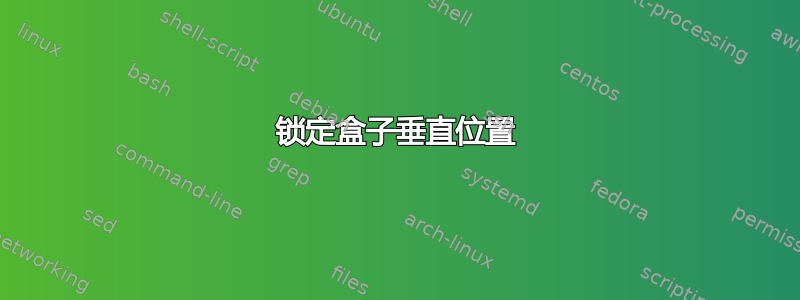
使用此代码生成的esfbox和section标题:
\documentclass{article}
\usepackage[left=6cm,right=6cm,top=3cm,bottom=3cm]{geometry}
\usepackage{blindtext}
\begin{document}
\vspace*{1cm}
\begin{flushright}
\fbox{\parbox[c][5.1cm][c]{0.5 \textwidth}{%
\emph{{{Some very smart quote weakly related to next section's content.}}\\\vspace{-0.6cm}
\begin{flushright}
\textbf{\emph{--- {Some Brilliant Author}}}
\end{flushright}
}}}
\end{flushright}
\vspace{0.2cm}
\section{This section is SHORT.}
\blindtext[1]
\clearpage
\vspace*{1cm}
\begin{flushright}
\fbox{\parbox[c][5.1cm][c]{0.5 \textwidth}{%
\emph{{{Some shorter quote.}}\\\vspace{-0.6cm}
\begin{flushright}
\textbf{\emph{--- {Some Brilliant Author}}}
\end{flushright}
}}}
\end{flushright}
\vspace{0.2cm}
\section{This section is LONG.}
\blindtext[3]
\end{document}
如果你放大到一定程度,相对于页面的位置会略有不同。我的测试告诉我这是由于 s \vspace(至少当我同时使用 0.2cm 和 1cm 时)造成的,那么,有没有办法在不使其成为适应性元素?
我的目标是让每个部分标题页具有相同的外观,标题位于相同的垂直位置(就像只有裸露的部分时一样),并且引用框也位于相同的位置。
这个布局让我感到疑惑另一个问题。
答案1
通过将项目构建为堆栈,并从上面的节头中取出胶合,您可以避免所有这些令人讨厌的胶合问题。堆栈的垂直间距由\stackon和 的可选参数控制\stackunder,可以根据需要进行更改。
请注意,更新的\section宏适用于默认article文档类。其他文档类将有自己的定义。
\documentclass{article}
\usepackage[left=6cm,right=6cm,top=3cm,bottom=3cm]{geometry}
\usepackage{blindtext}
\usepackage{stackengine}
\makeatletter
\renewcommand\section{\@startsection {section}{1}{\z@}%
{-3.5ex}%REMOVE THE GLUE FROM ABOVE THE SECTION HEAD
{2.3ex \@plus.2ex}%
{\normalfont\Large\bfseries}}
\makeatother
\begin{document}
\hfill\stackunder[.2cm]{\stackon[1cm]{%
\fbox{\parbox[c][5.1cm][c]{0.5 \textwidth}{%
\emph{{{Some very smart quote weakly related to next section's content.}}\\\vspace{-0.6cm}
\begin{flushright}
\textbf{\emph{--- {Some Brilliant Author}}}
\end{flushright}
}}}%
}{}%
}{}
\section{This section is SHORT.}
\blindtext[1]
\clearpage
\hfill\stackunder[.2cm]{\stackon[1cm]{%
\fbox{\parbox[c][5.1cm][c]{0.5 \textwidth}{%
\emph{{{Some shorter quote.}}\\\vspace{-0.6cm}
\begin{flushright}
\textbf{\emph{--- {Some Brilliant Author}}}
\end{flushright}
}}}%
}{}%
}{}
\section{This section is LONG.}
\blindtext[3]
\end{document}


